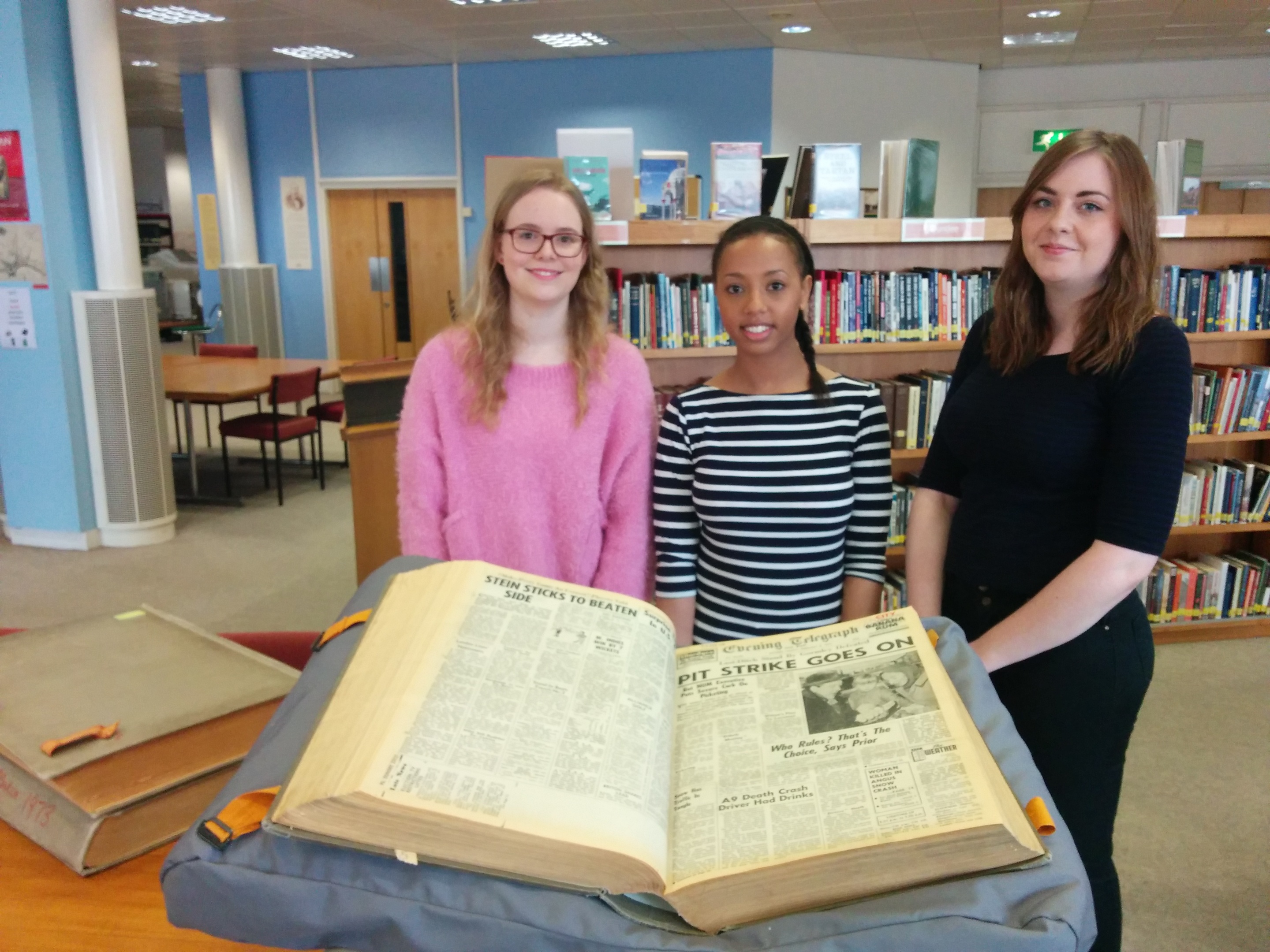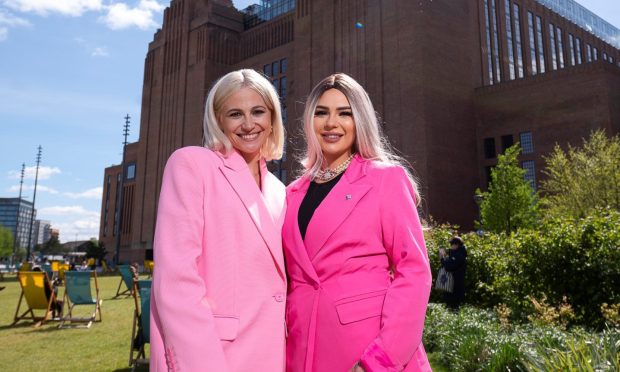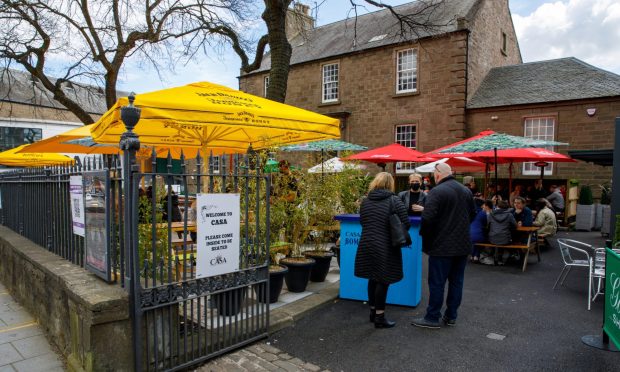Abertay University may have helped crack a 40-year-old unsolved murder.
Psychology and forensic biology students were asked to pore over old copies of The Courier and sister paper The Evening Telegraph in a bid to help solve the murder of a woman whose beheaded corpse was found dumped in Norfolk.
The woman’s body was found in August 1974 on a heath at Cockley Cley near Swaffham but it is thought she may have had connections to Dundee because of rope and plastic found at the scene.
When it was discovered, her body was wrapped in a National Cash Registers’ plastic sheet while her hands were bound with an unusual piece of jute string that was only made in Dundee.
NCR employed hundreds of people in Dundee in the 1970s.
The woman has never been identified.
She was clothed in a pink Marks and Spencer’s nightdress and her body was badly decomposed.
The students looked through old copies of the Courier and Evening Telegraph in the Central Library archives to look for missing persons reports between January 1973 and January 1974.
Their search has uncovered new leads for police to explore although police say there is still work to be done before the case can be solved.
A Norfolk Police spokesman said: “The students’ work has generated a couple of leads, which detectives from the major investigations team are now following up.
“At this stage of this part of the inquiry, it’s too early to say how important these leads will be.”










